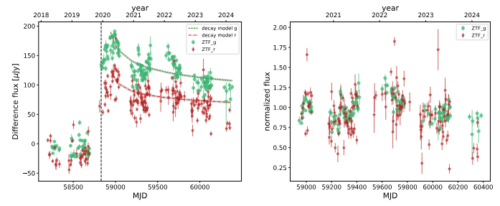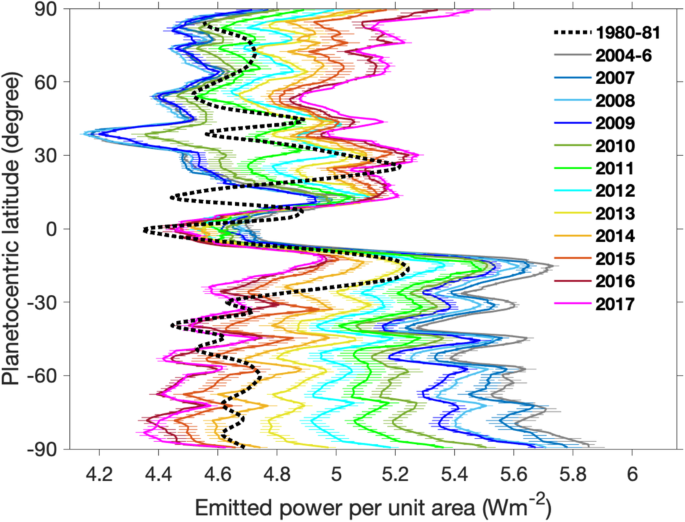2024-06-18 パシフィック・ノースウェスト国立研究所(PNNL)
<関連情報>
- https://www.pnnl.gov/news-media/city-sprawl-now-large-enough-sway-global-warming-over-land
- https://www.sciencedirect.com/science/article/pii/S2590332224002483
都市化が大陸から地域スケールの温暖化を悪化させる Urbanization exacerbates continental- to regional-scale warming
TC Chakraborty, Yun Qian
One Earth Published: June 11, 2024
DOI:https://doi.org/10.1016/j.oneear.2024.05.005
Highlights
- Massive increases seen in urban area throughout countries and continents
- Urban warming signal has become strong enough to detect at larger scales
- However, primary cause of global warming is still not urbanization
- Given expected future urbanization, important to resolve these impacts
Science for society
Combining millions of satellite-derived images of land surface temperature (LST) with dynamic urban area estimates, we demonstrate that the urban influence on continental- to regional-scale warming has become more detectable over time, especially for rapidly urbanizing regions and countries in Asia. However, the main cause of global warming is still not urbanization, contributing to only around 2% of the land warming during the study period. We also estimate these large-scale urban warming signals under all shared socioeconomic pathways (SSPs) used to project global and regional climate change. Based on these results, we argue that, in line with other forms of land use/land cover change, urbanization should be explicitly included in future climate change assessments across scales. These patterns, also seen for air temperature, reframe our understanding of urbanization in the climate system from only a local-scale phenomenon to one with non-negligible regional- and even continental-scale impacts.
Summary
Urbanization is usually ignored when estimating past changes in large-scale climate and for future climate projections since cities historically covered a small fraction of the Earth’s surface. Here, by combining global land surface temperature observations with historical estimates of urban area, we demonstrate that the urban contribution to continental- to regional-scale warming has become non-negligible, especially for rapidly urbanizing regions and countries in Asia. Consequently, expected urban expansion over the next century suggests further increased urban influence on large-scale surface climate in the future (approximately 0.16 K for North America and Europe for high-emission scenario in 2100). Based on these results, also seen for air temperature, we argue that, in line with other forms of land use/land cover change, urbanization should be explicitly included in climate change assessments. This requires incorporation of dynamic urban extent and biophysics in current-generation Earth system models to quantify potential urban feedback on the climate system across scales.
Graphical abstract




